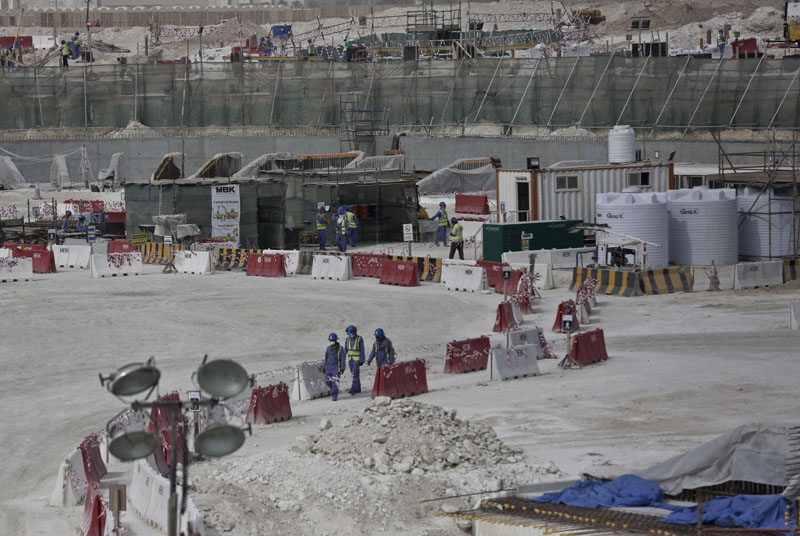149 Nepali migrants infected by COVID-19
Kathmandu, April 19
A total of 149 Nepali migrant workers have been infected by the coronavirus in various labour destinations, especially in Gulf Cooperation Council (GCC) nations and Malaysia.
Most labour destinations, which are dominated by Nepali workers, are now plagued by the spread of the coronavirus. As a result, Nepali labourers working there are also at a high risk of further infection.
As of April 18, United Arab Emirates had the highest number of Nepali workers with the infection with 76 migrants being infected by the COVID-19. Similarly, Bahrain was the second highest with 49 Nepalis being infected. Moreover, 19 in Kuwait, four in Saudi Arabia and one in Malaysia have confirmed coronavirus cases. However, there as been no case reported of any Nepali migrant being infected with coronavirus in Qatar and Oman. Among all, one woman migrant worker in UAE has died due to the coronavirus.
Bholanath Guragain, director at the Department of Foreign Employment, said that among the infected migrants, 123 are in quarantine, 20 are in hospitals for further treatment and five have been discharged from hospitals after recovering from the disease.
“Among the 20 migrants who have been hospitalised, five are in a critical situation and the embassies and foreign missions in the respective countries are in touch with them to provide further help if necessary,” he informed.
Guragain further informed that workers in different migrant destinations have expressed their desire to return home as the virus has halted almost all work. Nepali migrants, especially in Oman, Saudi Arabia, Qatar, UAE, Malaysia and Bahrain have asked their respective embassies and missions to send them home as soon as possible.
He, however, informed that since there has been no guideline framed to bring back the workers, the embassies and missions are unable to register their names and start further process to bring them back to Nepal.
A version of this article appears in e-paper on April 20, 2020, of The Himalayan Times.






